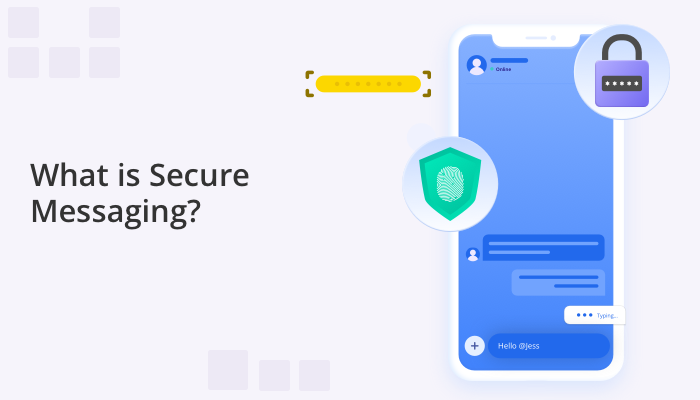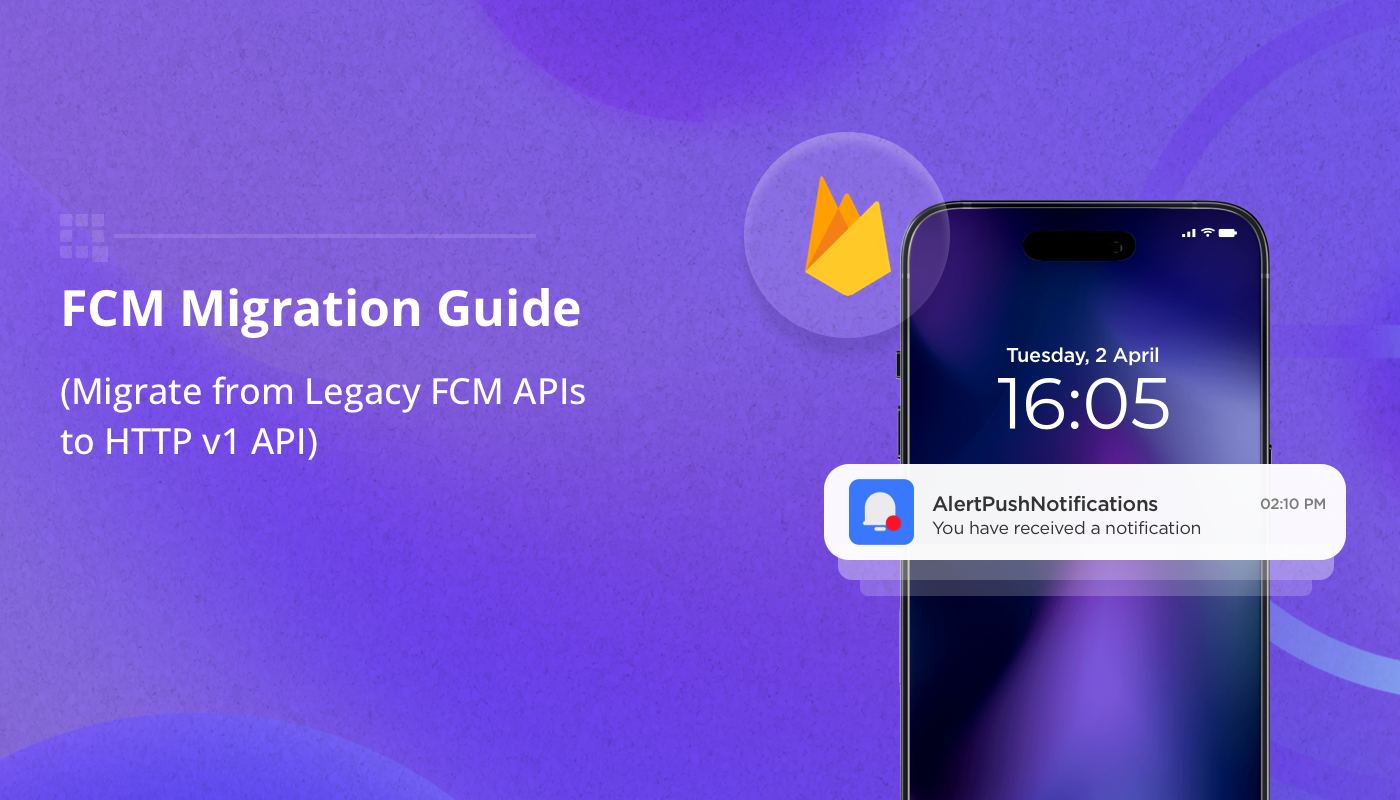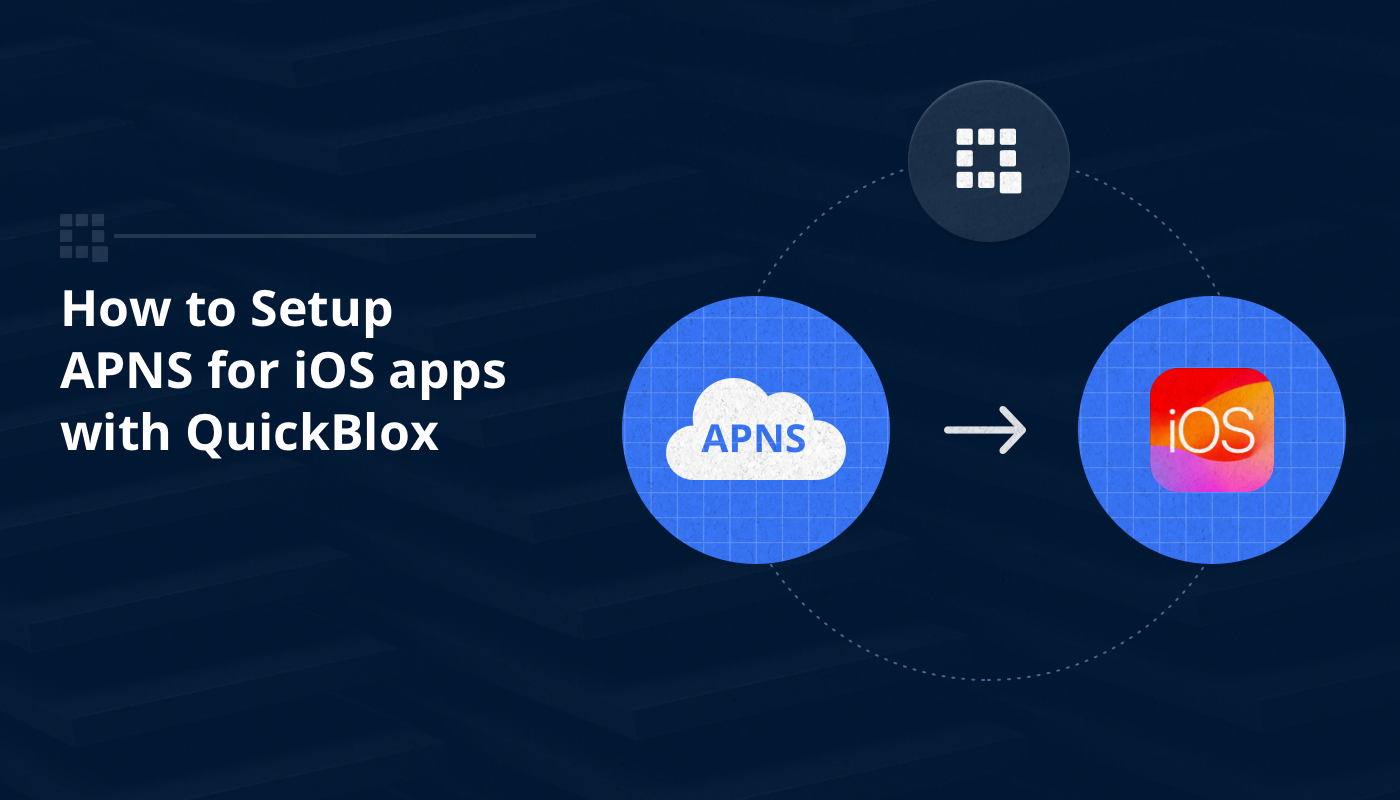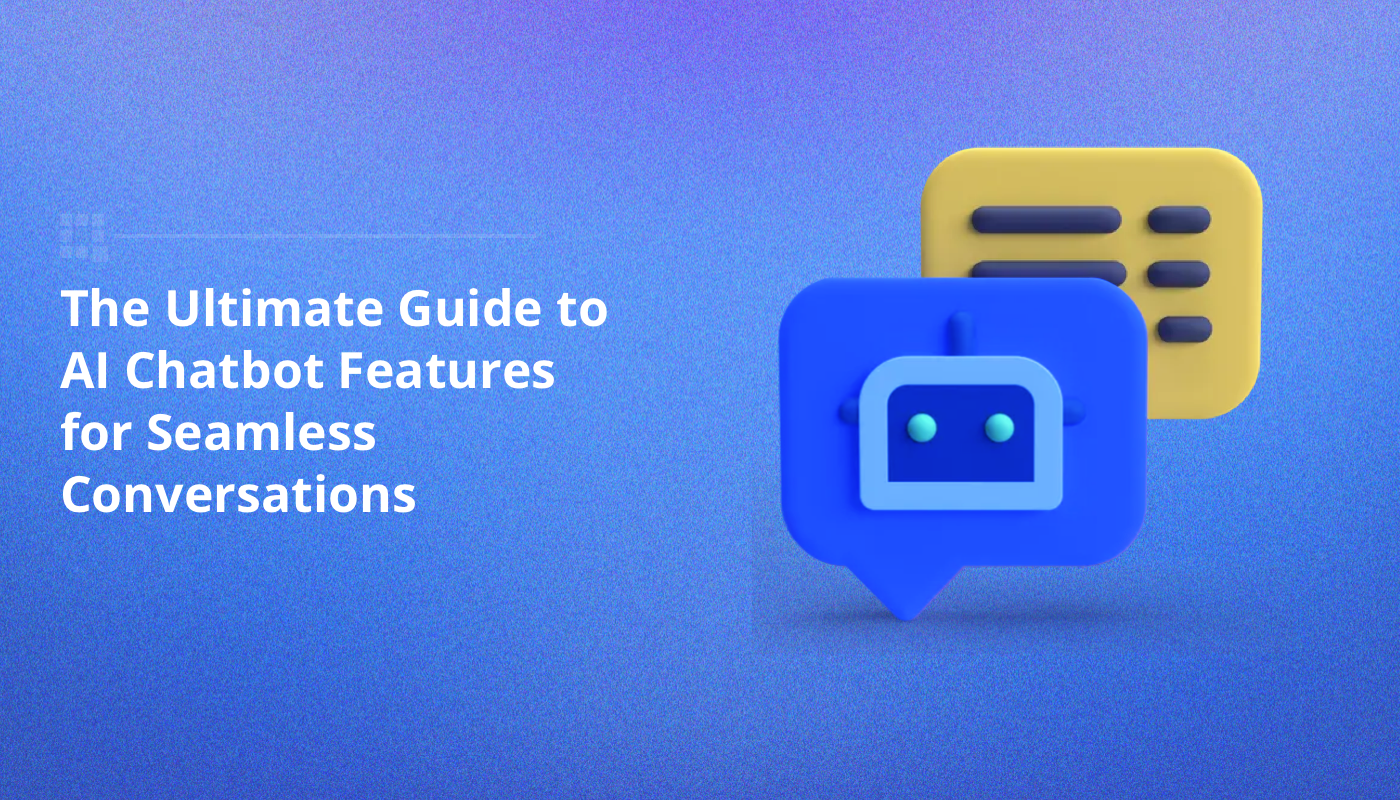
This article has been updated since it was last published in 2020
In today’s digital age, secure messaging has become increasingly important, as more and more businesses rely on digital communication to share sensitive information. Secure messaging not only protects user privacy but also helps prevent unauthorized access and data breaches. But secure messaging is never guaranteed. Just recently, Signal, a secure messaging app that uses Twilio’s phone number verification services, reported that nearly 2000 of its users had their phone numbers and SMS verification codes compromised in a recent security breach involving Twilio. Just prior to that, Cybernews reported a massive data leak with messaging giant WhatsApp, claiming that hackers stole nearly 500 million WhatsApp users’ phone numbers which they illegally sold on an underground forum.
With the rise of cyber threats and data breaches, it is essential for software developers to prioritize security in their applications. But just what are the best practices to ensure that private communications remain secure? In the blog below we explain what secure messaging is, why it matters, and take you through a best practice guide. While there is no 100% bullet-proof remedy to cyber threats, by following the best practices and guidelines outlined in this guide, you can create messaging applications that provide a high level of security and protection to users. So let’s dive in and learn how to create secure messaging applications that protect user privacy and data.
Table of Contents
What is Secure Messaging?
Secure messaging refers to the use of encrypted communication channels and other features to protect the privacy and confidentiality of messages exchanged between two or more parties. Messages sent through secure messaging applications are not available to other third-party users, which means a secure messaging application lets you exchange private information with employees, clients, and co-workers without compromising your data.
Learn more about 10 Most Secure Messaging Apps – Chat App Features & Detailed Comparison
Why Secure Messaging Matters
Integrated security features in your messaging app are not just nice-to-have. For many individuals and businesses, secure message apps are a must-have, and there are many compelling reasons why.
Privacy & Confidentiality – Secure messaging protects your personal and sensitive information from being accessed by unauthorized parties. It ensures that only you and the intended recipient have access to your messages. On a purely personal level you don’t want private conversations being viewed by others, especially if they contain information that could compromise you in some way.
Security – Third party interlopers who access your private data via chat apps and servers pose a significant security threat, especially if they have access to personally identifying information (PII). Such information includes:
- Biometric data
- Medical information (PHI) – medical records, laboratory tests, and insurance information
- Personally identifiable financial information (PIFI) – credit card numbers, banking information, tax forms, and credit reports
- Unique identifiers such as passport or Social Security number
- Account credentials
Loss of such data can result in identity theft, property theft, and fraud. That’s why sensitive PII should be encrypted both in transit and at rest.
Trust – Using secure messaging builds trust between you and your communication partners. It shows that you take your privacy and security seriously and that you are committed to protecting your information. And of course, if you’re an app developer, building a chat app you want your users to have trust in your product to ensure its continued use.
Compliance – In some industries, such as healthcare and finance, secure messaging is required by law to protect sensitive information. By using secure messaging, you can ensure that you are meeting legal and regulatory requirements.
Learn more about Recent trends in data protection and what they mean for your messenger app
Best Practices for Secure Messaging
Unfortunately, no cure-all solution exists to guarantee 100% secure messaging, but there are a variety of strategies that when implemented side-by-side can greatly reduce external threats. As a first measure, it is necessary to bear in mind that security features need to be applied to both server and client side. You may have the best authentication system in place on the client side of your app, but this becomes worthless without proper backend security to prevent intrusions to your servers and databases.
Here’s a run down of some of the best practices:
Learn more about Is Telegram Secure? What it takes to build a secure messaging app
Encryption
Encryption is one of the most effective ways to secure messaging. Encryption scrambles the message using complex algorithms, making it unreadable to anyone without the encryption key. This technique ensures that the message being sent can only be accessed and read by the intended recipient, even if it is intercepted by a third party during transmission.
There are several types of data encryption techniques that can be used to secure digital communications. Each provides varying levels of security and functionality, depending on the needs of the user.
End-to-end encryption refers to a type of encryption where the data is encrypted on the sender’s device and can only be decrypted by the intended recipient’s device. This means that the data is encrypted at the source, and remains encrypted as it travels across the network or server, until it is decrypted by the intended recipient. End-to-end encryption is typically used for secure communication between two parties, such as in messaging or video conferencing apps.
Learn more about End-to-End Encryption and its Benefits to your Messenger App
Client-side encryption, on the other hand, refers to a method of encryption where the data is encrypted on the client’s device (such as a computer or mobile phone) before it is sent to a server for storage or processing. This means that the data is encrypted before it leaves the user’s device, and can only be decrypted by the user who possesses the encryption keys. Client-side encryption is often used to provide an additional layer of security for data that is stored in the cloud or on a remote server.
Encryption is a critical component of secure messaging, but it is not foolproof. There are various attack methods that can be used to break encryption, such as brute force attacks, side-channel attacks, and social engineering attacks. However, encryption provides a significant level of protection against cyber threats and is a fundamental component of secure messaging.
Learn more about The Common Security Threats and How to Avoid them
Authentication
Authentication is central to secure messaging because it verifies the identity of the sender and ensures that the message is coming from a trusted source. Without authentication, a messaging system can be vulnerable to spoofing, where an attacker impersonates a legitimate user or system to gain access to sensitive information.
User authentication involves verifying the identity of the user before they are allowed to send or receive messages. This can be done through various methods such as passwords, two-factor authentication, OAuth, biometric authentication, or digital certificates.
Message validation can help ensure that messages are authentic and haven’t been tampered with. This can be done using techniques such as digital signatures and message authentication codes (MACs).
Server Authentication involves verifying the identity of the server that is sending or receiving messages. This can be done through SSL/TLS certificates or other forms of server authentication protocols.
Secure Socket Layer Protocol
Secure Socket Layer (SSL) is a protocol that protects information transmission between two systems via the internet. Through encryption, it ensures that any data exchanged between the two is protected during transit from interception and manipulation by third parties. SSL can be used both in server-client and in server-server communication. Websites that have the SSL certificate have HTTPS in the URL. SSL supports the following information security principles:
- Encryption: protect data transmissions (e.g. browser to server, server to server, application to server, etc.)
- Authentication: ensure that you are connected to the correct server
- Data integrity: ensure that the data that is requested or submitted is what is actually delivered.
Enhanced Server Security
Configuring server access and security is an essential aspect of ensuring secure messaging. Server security is vital because the server is the central point where all messages are stored and processed. If the server is not secure, it can be vulnerable to various forms of attacks, such as hacking, data breaches, or unauthorized access. There are numerous ways of protecting your server/infrastructure, some we have already covered, additional ways include disabling unnecessary services, setting up firewalls, and configuring access controls.
Web Application Firewall
A web application firewall (WAF) is a security technology that is designed to protect web applications from various types of cyberattacks. It sits between the web application and the internet, inspecting all incoming and outgoing traffic to identify and block malicious requests.
A WAF works by analyzing the incoming web traffic, looking for patterns that match known attack signatures or suspicious behavior. It can also examine the application’s behavior, such as how it processes user input and handles database queries, to detect and block malicious activity.
Some of the most common types of attacks that a WAF can protect against include SQL injection, cross-site scripting (XSS), and cross-site request forgery (CSRF). By blocking these types of attacks, a WAF can help prevent unauthorized access to sensitive data and protect the integrity of the web application.
Regular Software updates
Regularly updating and patching server software can help ensure that the server is protected against known vulnerabilities and security threats. This can include installing security updates and patches as soon as they become available.
Limited Server Access
Servers are the mainstay of any IT environment. Customer and company data saved on servers require special protection. It is important to control who is able to access this data via the network. Limiting server access to only authorized users can help prevent unauthorized access to the server and sensitive data. This can be done by implementing access control lists (ACLs) and firewalls that limit traffic to only authorized users and IP addresses.
Regular Server Audits
Regular server audits can help identify vulnerabilities and gaps in server security. This involves periodically reviewing the server’s security configuration and policies to ensure they are up to date and effective in preventing attacks. It can also involves conducting vulnerability scans, penetration testing, and code reviews to identify and address potential security threats.
Data management
Finally, it’s important to ensure that messages are handled properly once they are received by the application, both in terms of how data is stored and how long it is retained. Implement effective metadata management practices to protect user privacy. This can include encrypting metadata, minimizing the amount of metadata collected and stored, and providing users with control over their metadata.
As part of data management, it is important to have a data back-up system in place, which can help in data recovery if the infrastructure is at risk. Store encrypted backups of your critical data offsite or use a cloud solution.
Learn more about: Announcing QuickBlox SOC 2 Compliance!
Secure Messaging Options with QuickBlox
QuickBlox is a cloud-based communication and collaboration platform that provides developers with a set of SDKs and APIs for building real-time communication and collaboration features in their mobile and web applications.
QuickBlox provides secure messaging features to ensure the privacy and security of user data. Some of these features include:
- Industry-standard encryption protocols, including AES 256-bit encryption for all communication between clients and servers.
- User authentication, access control, and secure storage of user data.
- SSL certificates to ensure backend security.
- Compliance with various security and data protection regulations, such as HIPAA, GDPR, and SOC 2.
- Ability to deploy our software in your own cloud, so that you control your data.
Learn more about Why GDPR makes secure messaging apps a business necessity
Conclusion
Any software developer would understand the importance of creating applications that provide a high level of security and protection to users. The rise of data protection laws, necessitates that app builders take security features seriously. But different businesses have different security requirements, and it’s not always clear what the optimal solution is. If you would like to learn more about how QuickBlox can help you to deliver secure messaging to your users, please get in touch with our team today.
Talk to a sales expert
Learn more about our products and get your questions answered.
Contact sales



















